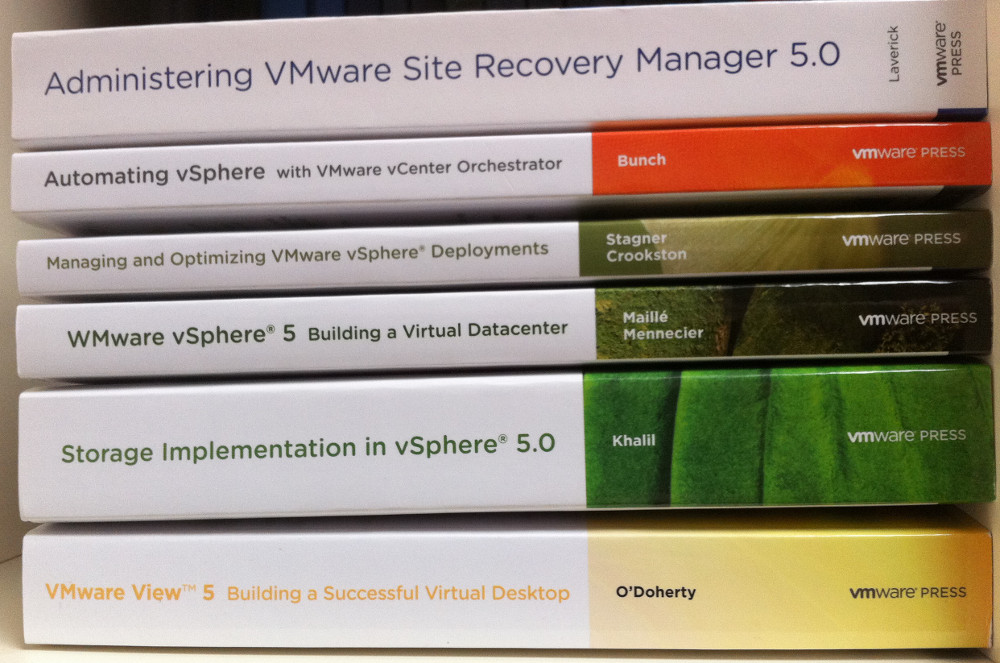VMware Virtual SAN (or VSAN) is a Software Defined Storage solution from VMware that also fits in the hyper(visor)-converged model. Although is a separate product, the core functions to implement it are already present in the vSphere 5.5 U1 version making really easy to deploy and enable it.
Also the HCL is mainly the same from vSphere 5.5, but some requirements and special considerations must be considered before implementing a VSAN solution.
You can start from the scracth buy scratch your hyper-converged architecture, or you can directly bought a Virtual SAN ready nodes (minimum 3 for start).











